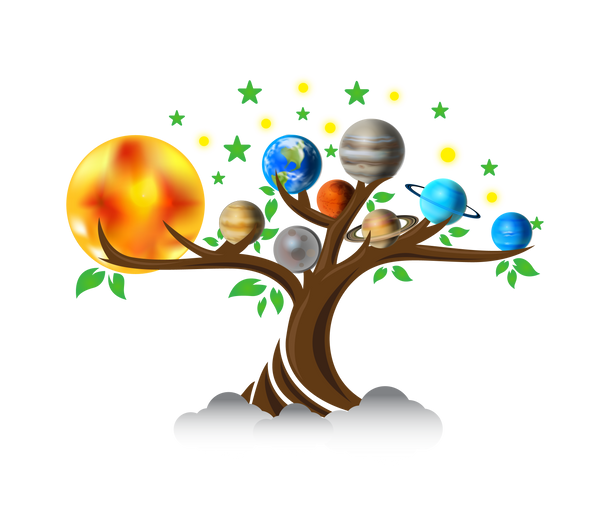The Wealth of Nations by Adam Smith
Share with Friends

"The Wealth of Nations" is a seminal work in economics written by Adam Smith in 1776. The book is divided into five books, with each book focusing on a different aspect of economic theory.
One of the key themes of the book is the concept of the "invisible hand," which describes how the self-interest of individuals in a market economy can lead to an efficient and productive economy as a whole. Smith believed that individuals pursuing their own self-interest in a market economy would naturally lead to competition and specialization, which would in turn lead to increased productivity and economic growth.
Another important idea in the book is the division of labor, which states that breaking down the production process into smaller tasks, and assigning each task to a specialized worker, increases productivity and efficiency. Smith believed that this division of labor was the key to understanding why some societies are more economically successful than others.
The book also critiques Mercantilism, which was the prevailing economic system at the time, and argues for a system of free trade. Smith believed that a system of free trade would lead to increased prosperity for all nations involved, as it would allow for the specialization and division of labor to occur on a larger scale.
Another key lesson from the book is the idea of the "market price" that the prices of goods and services are determined by supply and demand in the marketplace, rather than by the government. This idea is now central to most modern economic theories and forms the basis of the concept of market equilibrium.
Overall, "The Wealth of Nations" is considered one of the most important works in economics, and continues to be widely studied and referenced today. Its main themes of the invisible hand, division of labor, free trade, and market price are still central to modern economic thought and its critique of Mercantilism laid foundations for further development of economical thought and theories.



























































